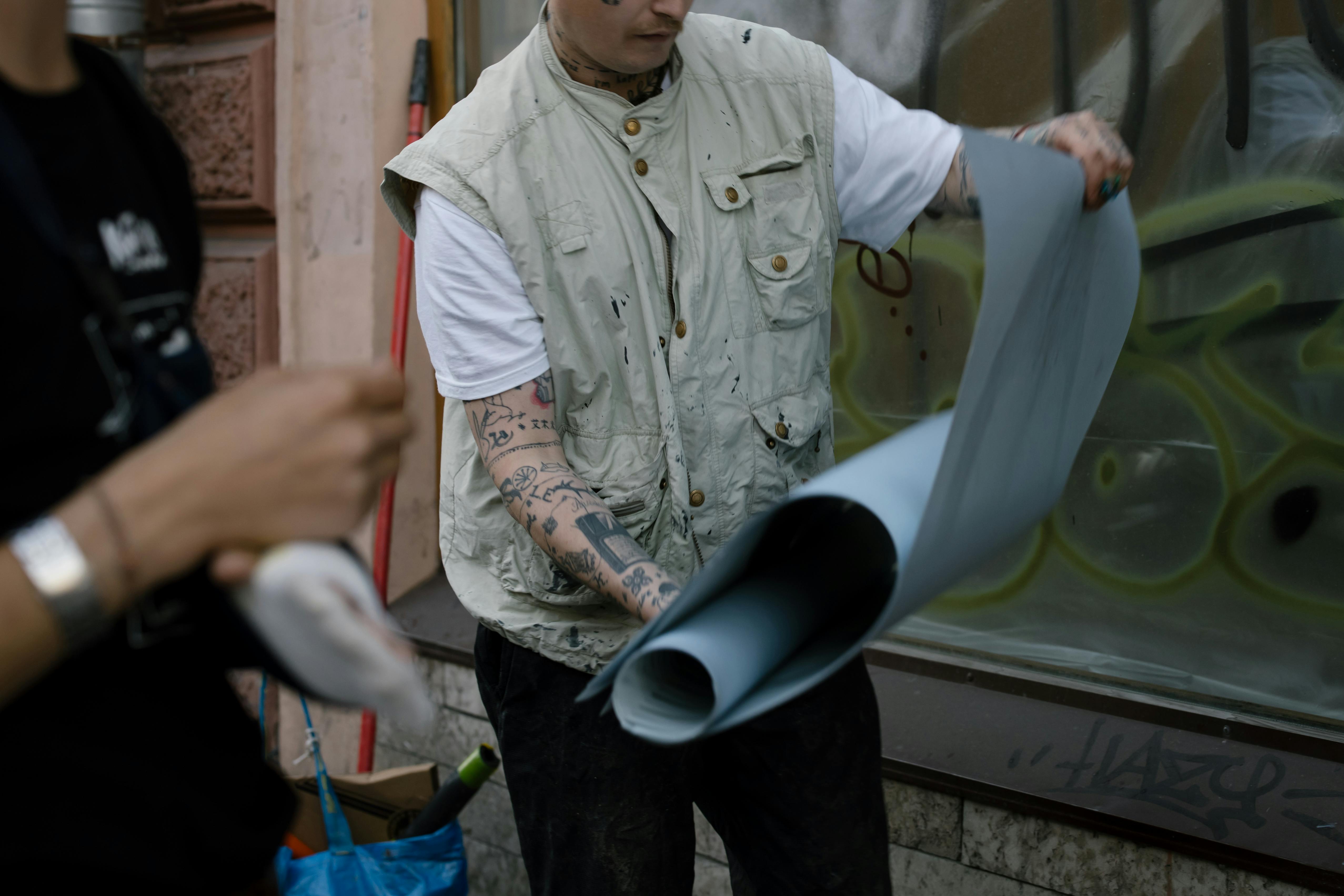My daughter was a teenager and biracial. I said yes, because in 2013 he committed suicide at the age of 15 due to severe hereditary depression. When I was pregnant, I was very little concerned about prejudice or bias that I might encounter because I was half black; It seemed to me that in the 20th century, in the United States, it would simply be accepted by both white and black, or at least embraced by one or the other. In my worldview, everyone has a place in America, regardless of skin color or heritage. Now that I reflect on my somewhat naive and simplistic understanding of what being biracial would mean to her, I have to admit that my understanding was narrow and limited. Her experience as a biracial girl was not simple, but complicated. And while she was not an “outcast” for any of the ethnic groups, she also did not feel fully included or understood by any of them. Because of this, his self-esteem suffered. She was in the “midlands”; Neither here nor there. None of the groups included her; not fully identified with whites, nor able to fully relate to blacks. She was a unique fusion; a lonely individual. And sometimes, as she explained, it got very lonely.
When I asked him if he related to the black youth culture of hip-hop fashion, rap music, and slang, he replied quietly, “More or less.” When I asked her if she “fits in” with perfectionist, weight-obsessed white girls, she admitted with downward eyes and a sigh that she didn’t, with her wide nose and defiant black hair. Where does a teenager who belongs to two ethnic groups land? She admitted feeling misunderstood by both groups of children. She repeated the claim that she is “just me” and “unique” a lot. I think she was trying to sell herself on the idea. She was different even from minority children. She was a minority within a minority, and by age 13 she was seriously struggling to accept herself. But he did not know how deep his doubts were. What teenager is not insecure about herself? Girls of this age often have trouble with poor self-image. They see themselves too fat or too thin, too ugly or too curvy, too shy or too loud, too poor … but never too rich! However, even “rich girls” find something to object about themselves, because they are all in a similar and difficult metamorphosis called “maturation.” They are experiencing internal turmoil, just like the caterpillar fighting inside the cocoon. They struggle with themselves until one day they realize that being who they are is divinely perfect. Then they take wings and fly away. But my biracial teenager had a doubly difficult job learning to fly, because he was defying all racial stereotypes just by being who he was.
All I knew how to do as a mother was reassure her that she was beautiful and perfect, and that it was okay to be “different.” As a lesbian, I am a sexual minority, so I have been harassed for my “difference.” While he knew that it would eventually make her a stronger person, he also knew that it would be years and years before he could truly embrace and accept her individuality, and express his love for her, if he ever could. The world can be a confusing and difficult place if you don’t “fit in” with mainstream white culture. In the final analysis, she hoped and believed that these ethnic challenges would make her a stronger person. It is said: “What does not kill us makes us stronger” (Neitzche). Unfortunately, being different contributed to her feelings of alienation, only widening the divide between her and the world as the years passed.
In my book, being a different color in a black and white world only adds to beauty; diversity never detracts from merits. Different is often interesting and noteworthy, and someday, she hoped this was what she would become, never imagining that she would be noteworthy in a tragic way. There is beauty in being biracial, although society rarely recognizes it.
